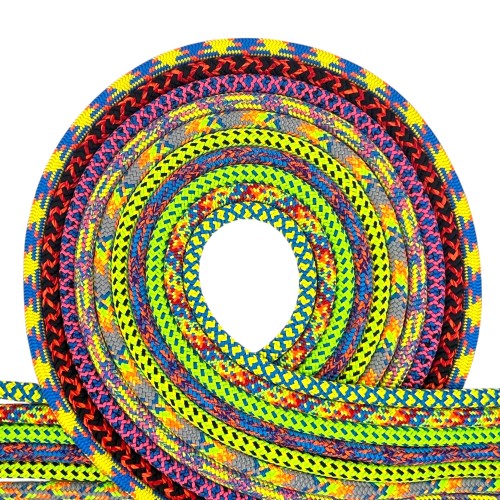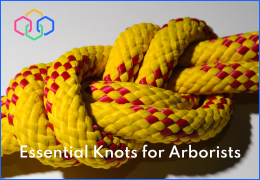Sorry for the inconvenience.
Search again what you are looking for

Work ropes for arborist combine breaking strength and durability in the face of abrasion, while offering appropriate levels of elasticity to soften impact or ensure precise control. They are designed to withstand the elements while remaining flexible and easy to tie, offering optimum comfort for the hands. The technical and dynamic characteristics of working ropes will guide your choice according to the climbing techniques you use (DdRT/MRS or SRT/SRS).
Search again what you are looking for
Selecting the right working rope for an arborist climber is crucial for safety, efficiency, and ease of use. Here are some key points to consider when choosing a rope specifically designed for arborist climbing:
Determine whether you need a static or a more dynamic rope based on your climbing technique. More static ropes are generally used for ascending because they have minimal stretch, which provides more stability when climbing. More dynamic ropes, on the other hand, are better for situations where the climber might fall, as they have more elasticity to absorb the impact.
Choose the diameter and length based on the type of climbing you'll be doing. Thicker ropes (typically >12mm) are more durable and easier to grip, making them ideal for heavy-duty work and frequent use. The length of the rope should be sufficient to cover the greatest height you plan to climb and depend on the technic you decide to use (SRS or MRS) plus extra for setup and safety margins.
All modern climbing ropes are made of synthetic fibers such as nylon and/or polyester. Nylon is stretchier and absorbs shock well, making it good for more dynamic ropes. Polyester is less stretchy and more abrasion-resistant, which is advantageous for more static ropes used in arborist work.
Look at the rope's construction, which can affect its strength, flexibility, and handling. Kernmantle rope, with its strong core (kern) and protective sheath (mantle), is popular for its durability and resistance to abrasion, making it suitable for rigorous tree work.
Ensure the rope can handle the maximum expected load, including the weight of the climber, gear, and any additional forces from climbing maneuvers. Check the tensile strength and ensure it meets industry safety standards.
Consider the rope's elongation properties, which indicate how much it will stretch under load. Lower elongation is preferable for precise positioning in tree climbing.
Because tree climbing involves contact with rough surfaces like bark, the rope must be highly resistant to abrasion. A rope with a tightly woven, thicker sheath will generally last longer.
Check how easily the rope handles and knots. A rope that is too stiff or too slick might be difficult to manage in the canopy.
Verify that the rope adheres to relevant safety certifications and standards to ensure it's tested and proven for the demands of arborist work.
Consulting with experienced arborists or Hexarope can provide insights into the best ropes for specific types of tree work based on real-world experiences.
By considering these factors, you can select a working rope that not only ensures your safety but also enhances your climbing performance and job efficiency.

Filter By
Brand
Brand
Colour
Colour
check_circle
check_circle